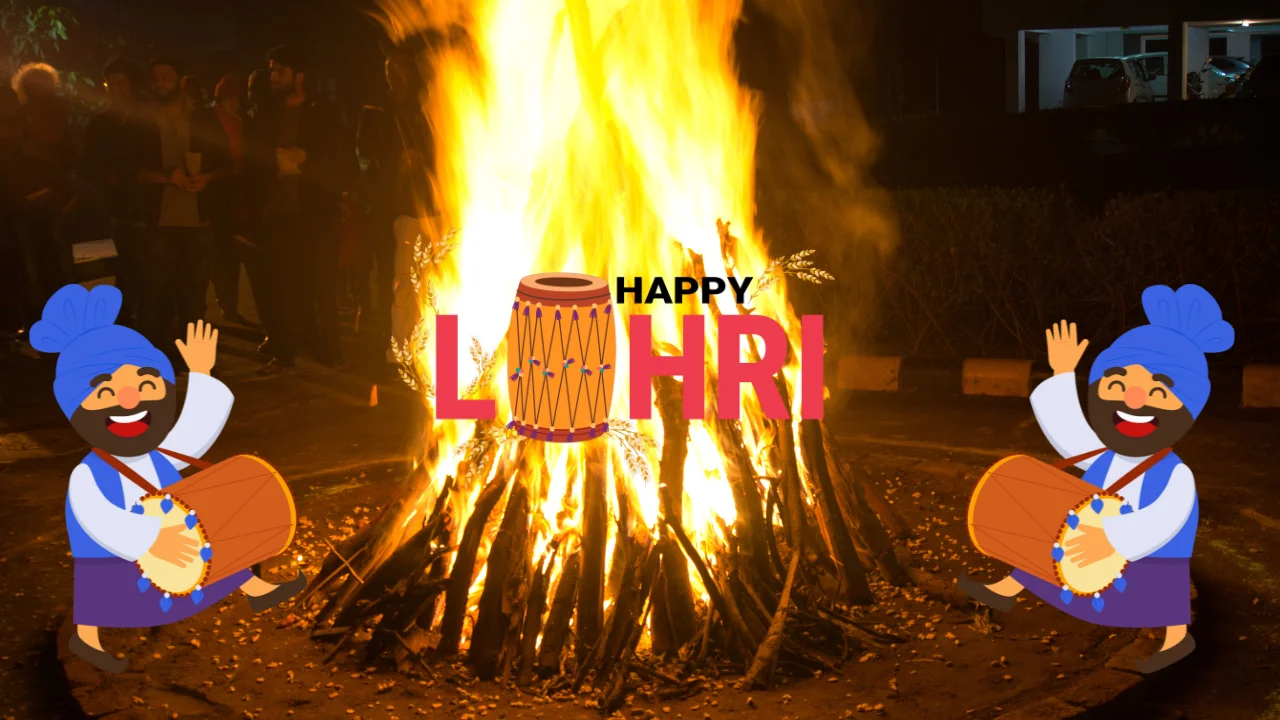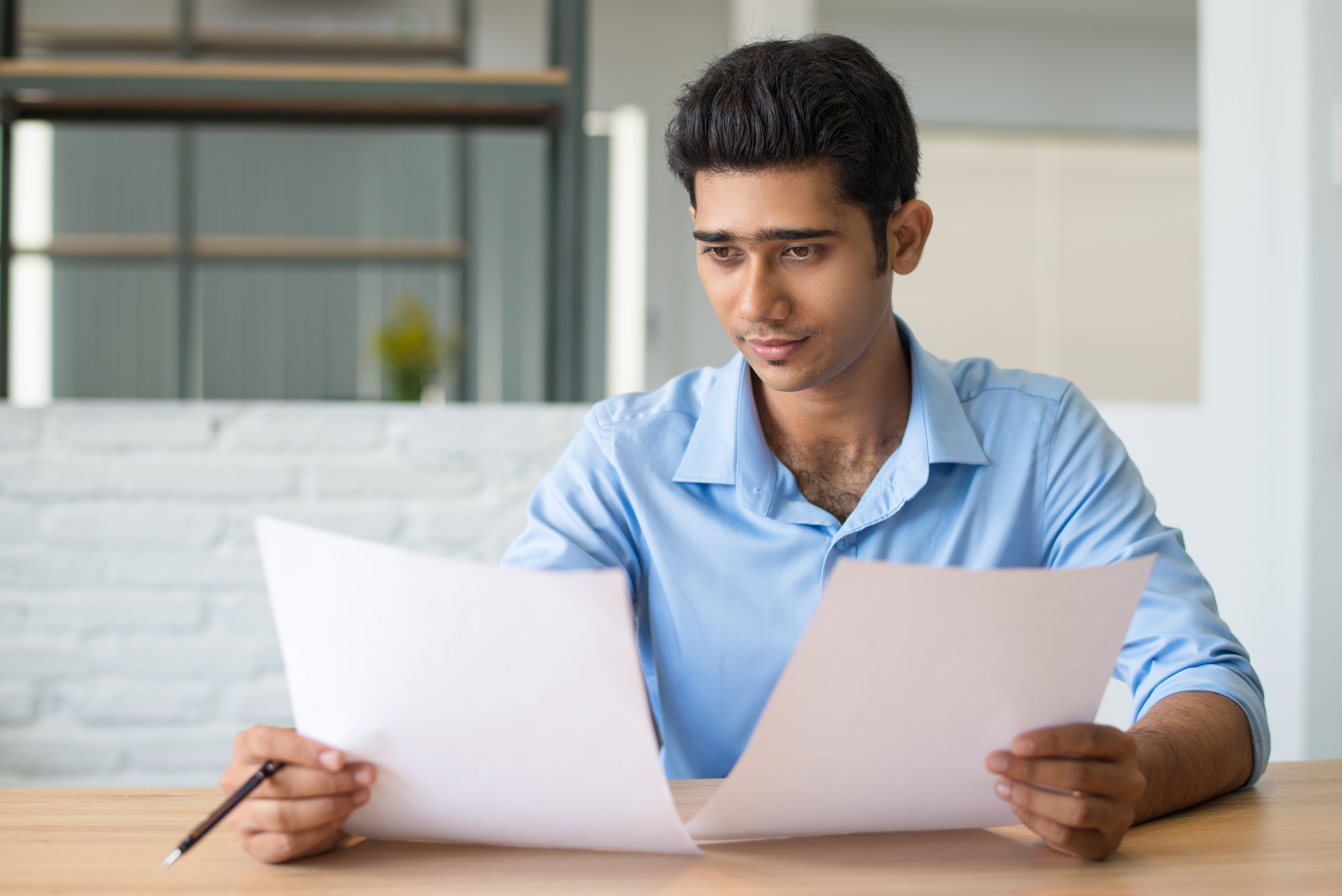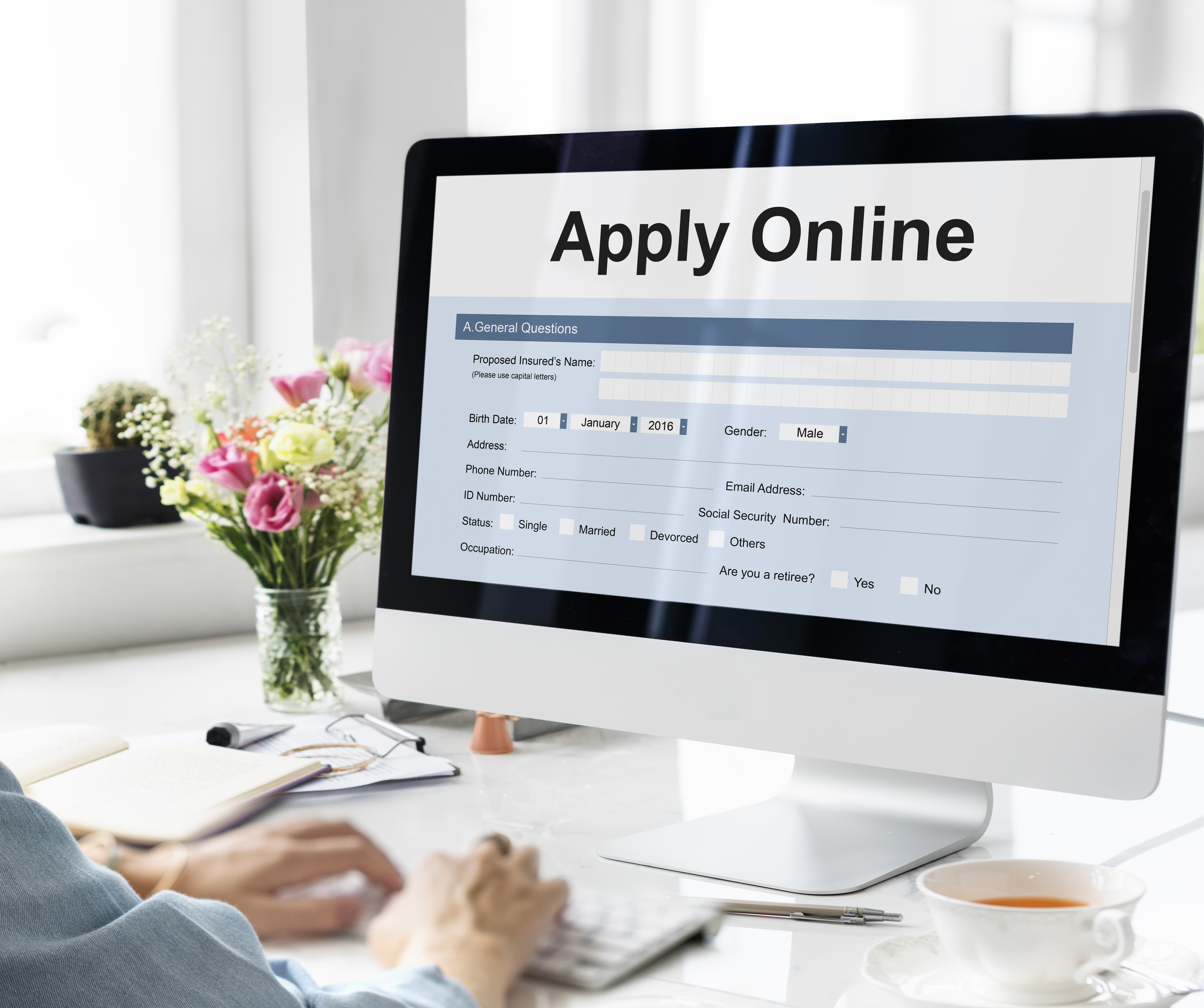Happy Lohri 2024
Lohri 2024 is on Wednesday, January 13, 2024. It is a major harvest festival celebrated in the northern states of India, especially Punjab, Haryana, Uttarakhand, Himachal Pradesh, and Rajasthan. It is mainly celebrated by the Sikh community. The festival marks the end of the winter solstice and the beginning of the sun’s northward journey.
Lohri is a time for feasting, dancing, and merrymaking. People gather around bonfires to sing folk songs and dance to the beat of drums. They also roast peanuts, popcorn, and other delicacies over the fire.
Lohri is a celebration of fertility and abundance. It is a time to give thanks for the harvest and to welcome the new year. The festival is also a time for family and friends to come together and celebrate.
Lohri 2024 Date
- Date: Saturday, January 13, 2024
- Time: Celebrations typically begin in the evening, with bonfires lit around sunset. The exact time will vary depending on location and individual traditions.
- Place: Lohri is predominantly celebrated in the Northern States of India.
Traditions Associated with Lohri
- Bonfires: Bonfires are a central part of Lohri celebrations. People gather around the bonfires to sing, dance, and roast delicacies. The bonfires are also seen as a way to ward off evil spirits and to welcome the sun.
- Folk songs: Lohri is a time for singing folk songs. These songs are often about love, fertility, and the harvest.
- Dance: Lohri is a time for dancing. People dance to the beat of drums and other traditional instruments.
- Delicacies: Lohri is a time for feasting. People eat a variety of delicacies, including peanuts, popcorn, jalebi, and gajak.
Lohri 2024 Celebrations
- People clean their houses and decorate them with flowers and rangoli.
- They make sweets and snacks like til gud, rewri, and gajak.
- On the day of Lohri, people gather around bonfires and sing folk songs.
- They dance to the beat of drums and dholkis.
- They offer prayers to the fire god Agni.
- They roast peanuts, popcorn, and other delicacies over the fire.
- They distribute sweets and snacks to friends and family.
- They exchange gifts.
Lohri is a joyous festival that is celebrated with great enthusiasm in India. It is a time for family, friends, and community to come together and celebrate the end of winter and the beginning of spring.
Different Names of Lohri
Lohri, the joyous harvest festival, goes by many names, each reflecting its unique significance in different regions of India. Here’s a glimpse into its diverse identity:
- Lohri: The most common name, especially in Punjab and Haryana. It might be derived from “Lohi,” wife of mystic poet Kabir, or “Loh,” a large iron griddle used for making festival food.
- Makar Sankranti: Widely used in central and western India, it marks the sun’s northward journey and the start of the auspicious month of Makar.
- Uttarayan: Celebrated in Gujarat, marking the sun’s northward journey and a time for kite flying.
- Khichdi: Celebrated in some parts, especially Bihar and Uttar Pradesh, with families enjoying a special khichdi dish.
- Pongal: A four-day harvest festival in Tamil Nadu, celebrating rice, sugarcane, and other crops.
- Bhogi: Celebrated in Andhra Pradesh, Telangana, and some parts of Karnataka, marking the burning of old things to usher in new beginnings.
- Bihu: In Assam, Lohri takes the form of Bihu, a three-part festival marking different agricultural milestones. Bhogali Bihu, coinciding with Lohri, is a time of feasting, singing, dancing, and merriment, celebrating the harvest of the first rice crop.
The diversity of names showcases how Lohri has adapted and evolved across regions, carrying the essence of harvest, gratitude, and new beginnings while acquiring local influences and flavors.
So, no matter what name you know it by, Lohri remains a vibrant celebration of life, fertility, and the changing seasons.
History of Lohri
The history of Lohri is a rich tapestry woven with ancient traditions, folklore, and regional significance. Here are some key threads:
Ancient Origins:
- Indus Valley Connection: Some believe Lohri’s roots go back to the Indus Valley Civilization, where fire rituals were central to life. Lohri bonfires might echo these ancient practices.
- Winter Solstice Marker: Lohri coincides with Makar Sankranti, marking the winter solstice. This was a significant time in many cultures, including early India, symbolizing the sun’s return and longer days.
Folklore and Legends:
- Dulla Bhatti: A central figure in Lohri lore is Dulla Bhatti, a 16th-century Punjabi hero. He defied Mughal rule, protected the poor, and even rescued young girls forced to marry royalty. His legend became entwined with Lohri, celebrating his rebellious spirit and compassion.
- Lohi, the Wife of Kabir: Another theory suggests Lohri derives its name from “Loi,” the wife of the mystic poet Kabir. Her association with fire rituals and fertility connected her to the festival’s themes.
Regional Significance:
- Punjab and North India: Lohri is primarily a Punjabi festival, deeply ingrained in the culture and celebrated across various communities like Hindus, Sikhs, and Jains. However, its influence extends to other north Indian states like Haryana, Himachal Pradesh, and Delhi.
- Harvest Festival: While Lohri coincides with the winter solstice, its core is celebrating the harvest of rabi crops sown in winter. It’s a time of thanksgiving for the land’s bounty and new beginnings.
Evolution and Modernity
- The transformation over time: Lohri’s rituals and practices have evolved over the centuries. Bonfires, singing, and feasting remain central, but the festival has adapted. Today, it’s also a time for families to connect, exchange gifts, and welcome the New Year.
- Diaspora Celebrations: As the Punjabi diaspora spread worldwide, Lohri has found new homes. From Canada to the UK, communities organize Lohri celebrations, keeping the traditions alive and sharing their heritage with new generations.
Lohri’s history is a fascinating blend of ancient customs, folklore, and regional pride. It’s a testament to the enduring power of tradition and the joy of celebrating life’s cycles.
Significance of Lohri
- Lohri marks the end of the winter solstice and the beginning of the sun’s northward journey. This is a time of hope and renewal.
- The festival celebrates the harvest of the rabi crops, which are sown in the winter months. This is a time of thanksgiving for the bounty of the land.
- Lohri is also a time to welcome the new year. It is a time to let go of the old and embrace the new.
- Lohri is a time for family and friends to come together. It is a time to celebrate life and love.
13th January 2024 Special Day
13th January carries cultural significance as North India commemorates Lohri in 2024. Coinciding fittingly with the harvest season and makar sankranti annually, this vibrant Punjabi festival marks the end of winter. The unique timing provides an opportune moment to celebrate fertility and prosperity while looking ahead to longer, warmer days. As communities come together around bonfires on this particular 2024 date to dance and feast, their shared hopes for abundance in the new year shine brightly.
- RBI SO Syllabus and Exam Pattern 2025 for Grade A and B
- RBI SO Eligibility 2025, Check Qualification & Age Limit
- RBI SO Exam Date 2025, Check Phase 1 Schedule for Grade A/B
- RBI SO Apply Online 2025 Before 31st July for 28 Vacancies
- RBI SO Notification 2025 Out for 28 Vacancies of Grade A & B
- Free SSC CHSL Topic Wise Tests for English, Quant & More, Attempt Now

Hello, I’m Aditi, the creative mind behind the words at Oliveboard. As a content writer specializing in state-level exams, my mission is to unravel the complexities of exam information, ensuring aspiring candidates find clarity and confidence. Having walked the path of an aspirant myself, I bring a unique perspective to my work, crafting accessible content on Exam Notifications, Admit Cards, and Results.
At Oliveboard, I play a crucial role in empowering candidates throughout their exam journey. My dedication lies in making the seemingly daunting process not only understandable but also rewarding. Join me as I break down barriers in exam preparation, providing timely insights and valuable resources. Let’s navigate the path to success together, one well-informed step at a time.






